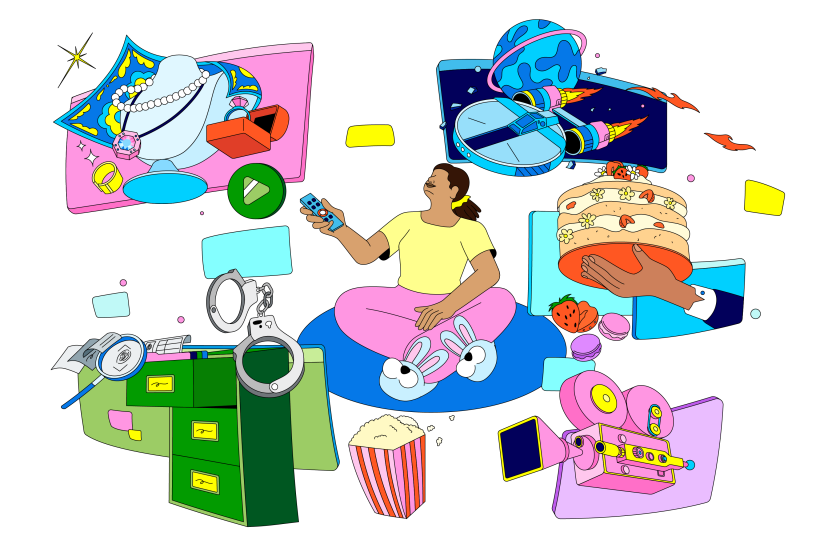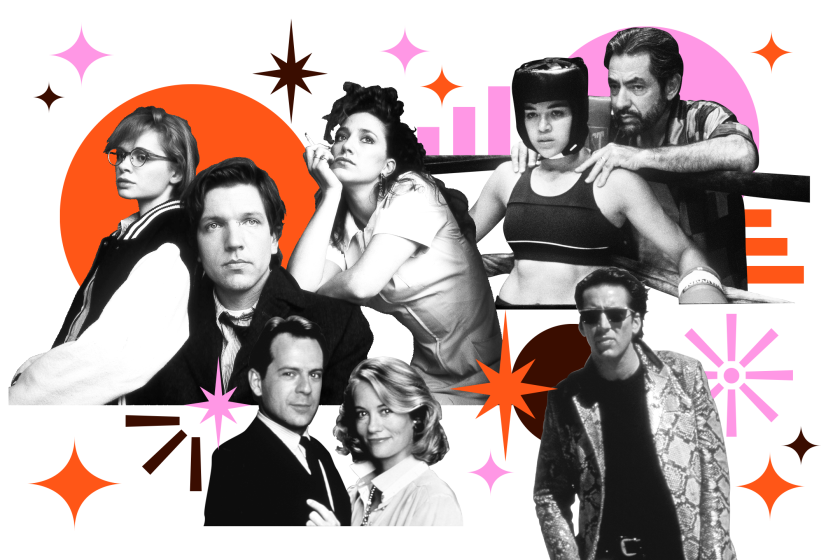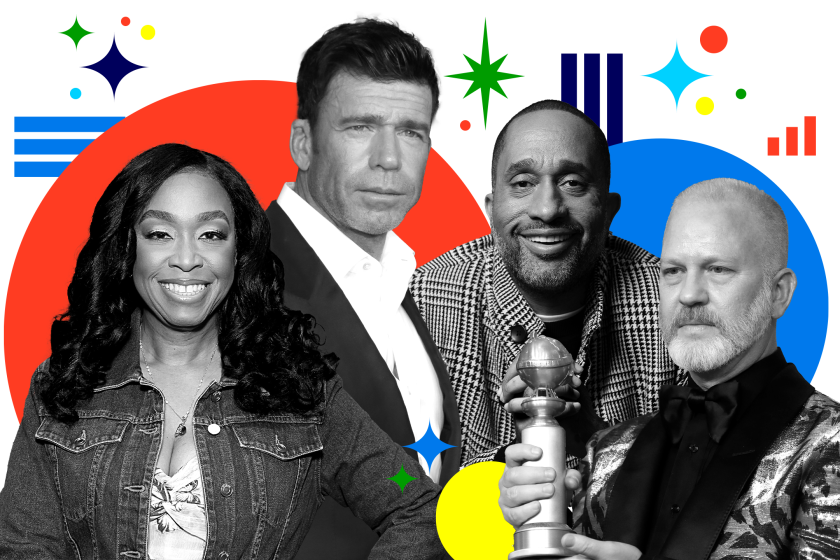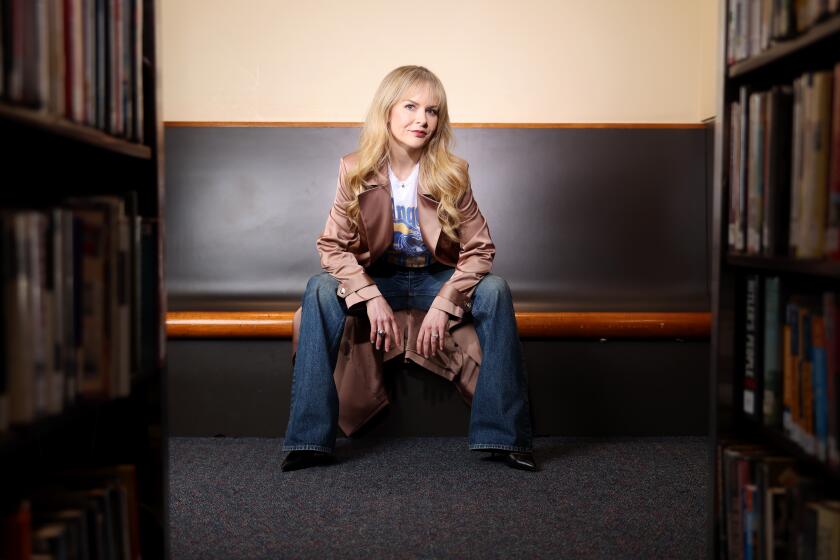
- Share via
When “House of Cards” premiered on Netflix 10 years ago, it was treated as a very expensive lab experiment: Would original programming get more people to sign up for Netflix, then primarily known as the company that destroyed Blockbuster?
The service, which had become the best place to catch up on shows like “Breaking Bad” that had initially aired elsewhere, counted 25 million streaming subscribers in the U.S. and was trying “to become HBO faster than HBO can become us,” said Ted Sarandos, then chief content officer, just before “House of Cards” launched in February 2013.
As it turned out, the experiment was a resounding success. Viewers would pay $8 a month for the ability to watch original shows on demand, whenever they wanted. High-profile writers, actors and directors would make the leap to an untested medium in return for the freedom to tell stories as they pleased.
The first original series commissioned by Netflix, “House of Cards” heralded the beginning of a new era for the company and for TV, accelerating the gold rush of quality scripted shows sparked six years earlier by the premiere of “Mad Men” on AMC.
The complete guide to home viewing
Get Screen Gab for everything about the TV shows and streaming movies everyone’s talking about.
You may occasionally receive promotional content from the Los Angeles Times.
Amazon, Hulu and other streamers quickly followed suit, developing sophisticated shows like “Transparent” and “The Handmaid’s Tale” and ushering in the era FX chairman John Landgraf would famously dub “Peak TV.” In 2012, there were an estimated 288 English-language scripted series across all of TV, according to FX research; last year, that number reached an all-time high of 599, with Netflix competing against cable and broadcast networks and a slew of streaming competitors including Disney +, HBO Max, Apple TV+ and Peacock.
For consumers, streaming offered a radical alternative to what Netflix co-founder Reed Hastings once called the “managed dissatisfaction” of traditional television — the constant low-level irritation of paying $150 or more a month for hundreds of channels they didn’t want because they did want Bravo, ESPN and CNN. With streaming, viewers got seemingly endless choice, convenience and bang for their buck.
Creators got to tell bold stories without worrying about commercial breaks or bone-headed notes from meddlesome network executives. The profusion of scripted TV shows created countless opportunities for emerging writers to break into the business. Everyone was happy!
For a while, anyway.
Amid a writers’ strike largely about the power of platforms, we take a snapshot of the streaming pecking order, from Netflix to (formerly HBO) Max.
The giddy excitement viewers once felt about discovering a seemingly endless supply of new shows — and having almost instant access to old favorites — has given way to bitterness over rising subscription costs, password crackdowns, unceremonious cancellations and the general sense that there is a glut of TV, much of it bad.
Creators who once delighted in writing “10-hour movies” and bypassing the arduous pilot process find themselves cut off from meaningful data about how their shows are performing and dependent on a mysterious algorithm to get their work seen in an increasingly crowded marketplace. Instead of time to find an audience, niche programs face the prospect of cancellation or, worse, getting completely erased from the internet as a tax writeoff for a behemoth corporation in cost-cutting mode. Up-and-coming writers have to scrounge together a living on gigs that last a few months. And the writers’ strike, which began last month and threatens to drag on through the summer, has revealed an industry in existential crisis after a decade of unsustainable growth.
A decade after Netflix disrupted the industry, the initial promise of streaming has given way to frustration and fatigue for consumers and creators alike. Peak TV is in retreat and in its place is a new era of discontent: Call it Pique TV.
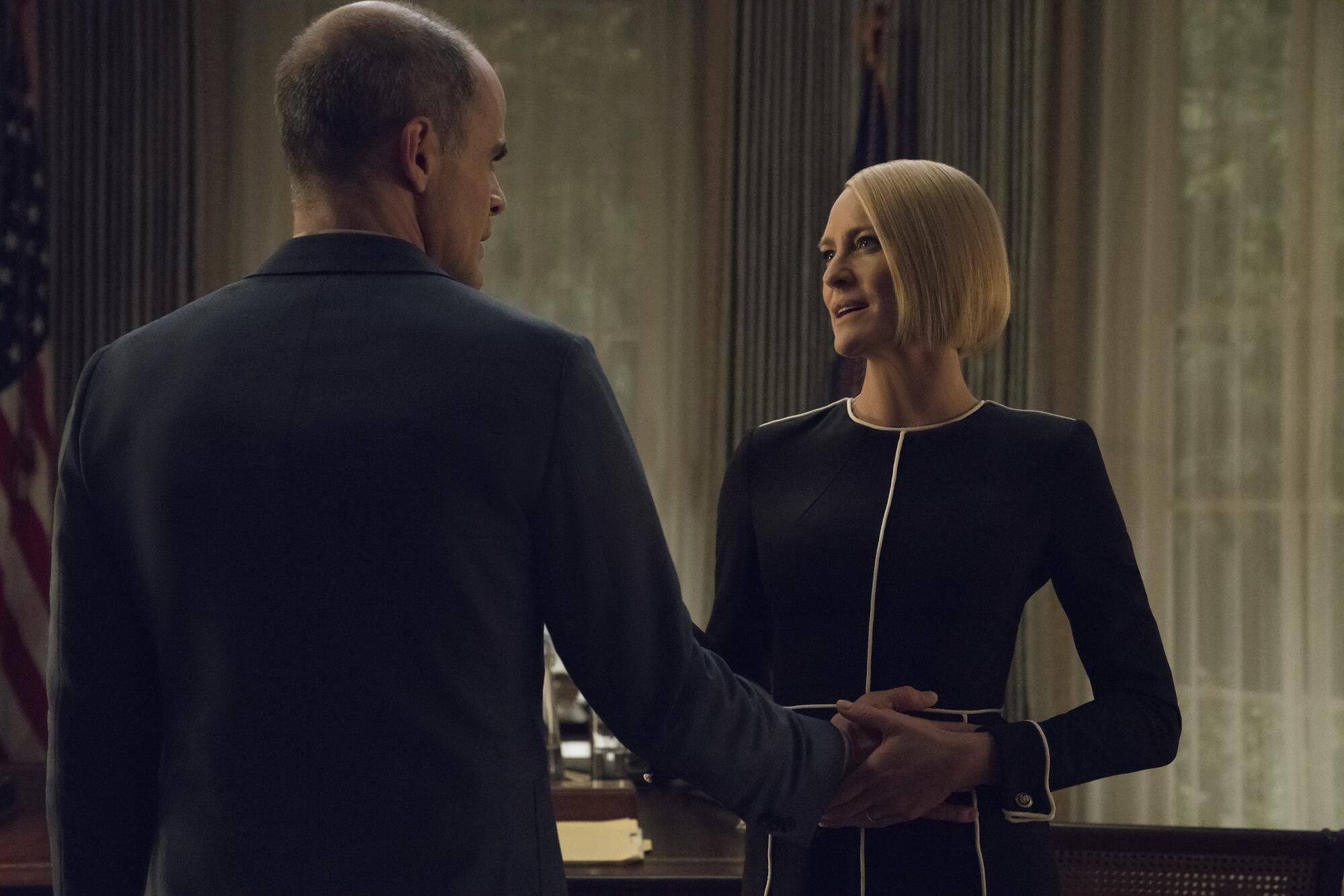

The Bubble
After “House of Cards,” Netflix established a reputation as a place that supported shows too edgy for other networks. It revived the cult favorite “Arrested Development,” which had been canceled by Fox seven years earlier; ordered “Orange Is the New Black ,” which had been rejected by Showtime; and rescued “The Unbreakable Kimmy Schmidt” from NBC.
In the first half-decade of its foray into original programming, Netflix also took an exceedingly light hand when it came to cancellation, making it appealing to writers wary of traditional TV and fickle network executives.
“By saying we’ll place our faith in the artists, there’s just as much a chance it will succeed as if you’re constantly interfering,” “House of Cards” creator Beau Willimon told the Times in 2013. “Certainly it will draw talent. People can go play in a sandbox and not be told how they’re supposed to build their castle.”

Subscribers get exclusive access to this story
We’re offering L.A. Times subscribers special access to our best journalism. Thank you for your support.
Explore more Subscriber Exclusive content.
Even the massively expensive flop “Marco Polo” — which cost a reported $200 million to produce — lasted for two seasons. Quirky shows like “Bojack Horseman,” an animated showbiz spoof about a horse who had starred in an ’80s sitcom, were given ample time to build a passionate, if relatively small, following. Loyalty, enthusiasm and cultural buzz mattered more than the overall size of a show’s audience, how old it was or where it was centered — information that no one outside of Netflix knew anyway.
Netflix went on an unprecedented spending spree to ramp up its original content — by 2016 it was making more TV shows and films than any other network — and lure celebrity showrunners from other networks, including Ryan Murphy, Shonda Rhimes, Kenya Barris, and David Benioff and D.B. Weiss, with production deals worth hundreds of millions of dollars.
From disgraced producers to pharmaceutical giants, the reasons you can’t stream titles like ‘Moonlighting’ or ‘Dawn of the Dead’ are often surprising.
But the largesse Netflix once showed creators began to fade as the streaming landscape grew more competitive. Media consolidation, including the merger of Warner Bros. and Discovery and Disney’s acquisition of 21st Century Fox, created media mega-conglomerates with deep catalogs of beloved TV and movie titles. Disney +, Apple TV+, Paramount +, Peacock and HBO Max launched in the span of two years between 2019 and 2021, leading to fierce competition during a pandemic that fundamentally disrupted the habits of everyday life.
For a while, streaming represented a decisive win for cord-cutters, who could cancel their cable subscription and get a year’s worth of free two-day deliveries — plus the new season of “Catastrophe”! — through Amazon Prime for a mere $99 annually.
But the cost of these services started to add up. According to analysis by The Times in 2019, consumers who wanted to replicate the offerings of cable using a la carte subscriptions could easily spend more than $400 a month. And that was four years — and many price hikes — ago. As of June 2023, a premium Netflix plan costs $20 a month, potentially even more if you have a big family that watches on numerous devices; that’s nearly three times what the service cost when “House of Cards” debuted. Amazon Prime is up to $139 a year.
For the cost-conscious, Netflx and most of its competitors have done the once-unthinkable by adding ad-supported tiers — ew, commercials?! — but these plans come with fewer titles and, well, make streaming feel a whole lot like traditional TV. The simple math of $7.99 a month for all the TV you can watch, when you want it, has become a much more complicated cost-benefit analysis weighing convenience and price versus content offerings.
In another shift that feels like a throwback, viewers also are learning their beloved show might vanish if it’s not a blockbuster.
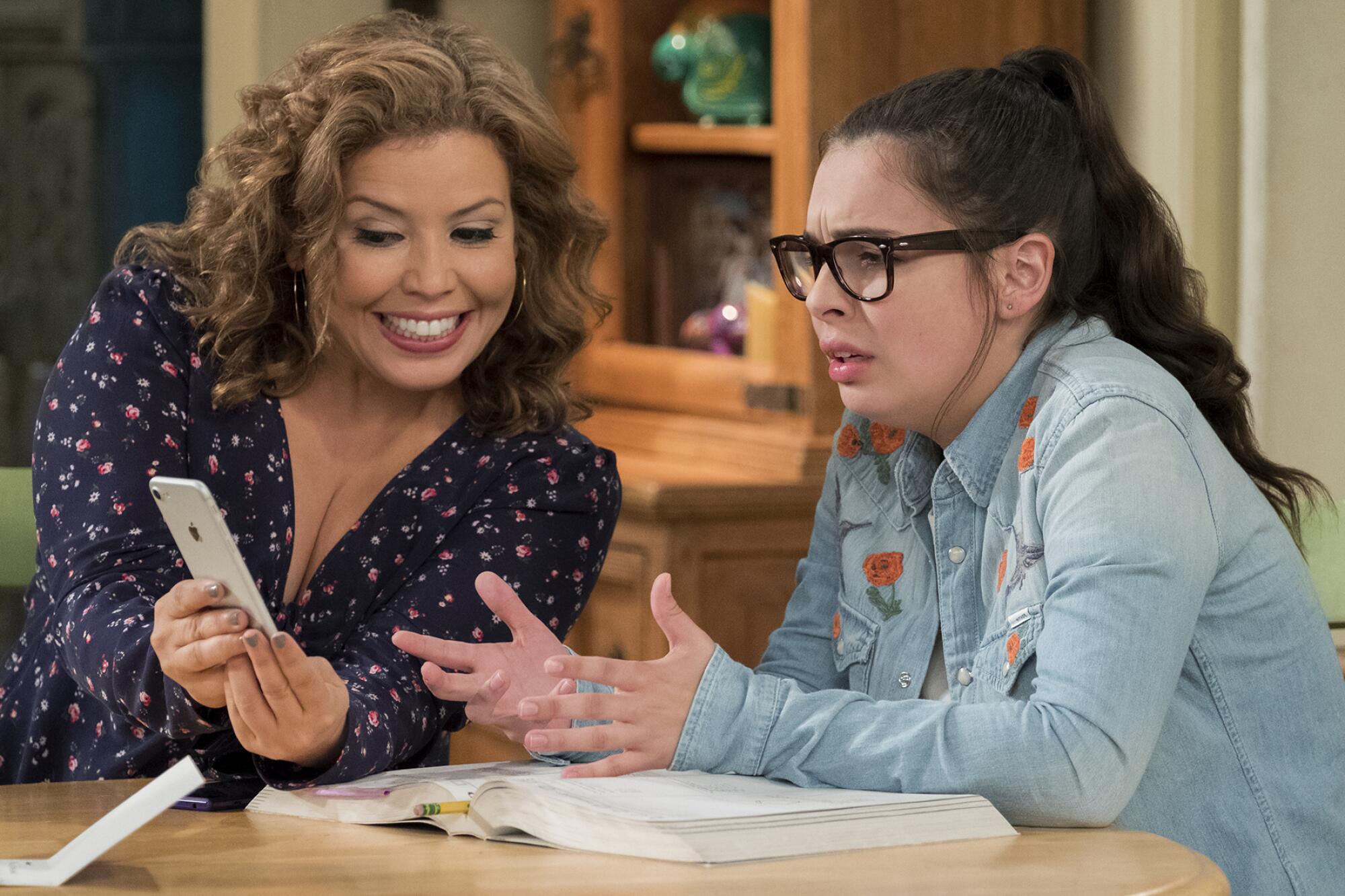
In 2019, Netflix gave the ax to “One Day at a Time,” a remake of the Norman Lear sitcom and a rare English-language series centered on a Latino family. Fans freaked out on social media, and the series was picked up by Pop for one season. It marked a symbolic turning point for Netflix: the company that revived “Arrested Development” and helped “Schitt’s Creek” find an audience on cable now was canceling shows that other networks stepped in to rescue. Other critical darlings also died prematurely, including the Emmy-nominated women’s wrestling comedy “GLOW,” abruptly canceled while in production on Season 4 in 2020.
Creators including Rachel Shukert, whose charming adaptation of “The Baby-Sitters Club” was canceled after two seasons, complained about receiving little information on how their shows were performing, with no clear metric for “success” in a post-Nielsen world. For Mike Royce, co-showrunner of “One Day at a Time,” Netflix’s lack of transparency around viewership data was uniquely frustrating, even compared to broadcast TV.
On a Netflix show, “No one’s telling you anything,” he recently told The Times. “I thought there was nothing worse than waking up the next morning and reading your overnight ratings and having them not be good, but it’s actually worse to have someone call and say, ‘You’re s— the bed’ but they won’t show you why. And obviously, it works the other way too. If you’re doing really well, they will not tell you because that gives you leverage to ask for more money. The whole system advantages them.”
The binge-release model pioneered by Netflix offered instant gratification to viewers and turned a new season of a flagship series like “Stranger Things” into a true event, but it also made it harder for smaller shows to break out or for big hits to stay in the cultural conversation for more than a week or two. (Which may be why even Netflix now releases some of its shows in batches.)
Led by Netflix’s pacts with Shonda Rhimes and Ryan Murphy, streamers have lured TV titans with eye-popping deals. The results have been mixed at best.
As it expanded its global reach and its stock price continued to soar, Netflix touted its algorithms and proprietary data as much as the success or artistic vision of any one program. The company wasn’t just selling entertainment to consumers. It was selling the promise that technology could take the risk to shareholders out of the business.
This blind faith in the algorithm was lampooned in an episode of the HBO comedy “Barry” last year. Sally Reed (Sarah Goldberg) creates a semiautobiographical series for a fictional streaming service called BanShe. The day it premieres, she meets with executives to find out why the well-reviewed show is impossible to find on the service and learns that it has already been canceled. Why? The algorithm determined it wasn’t hitting “the right taste clusters.” “Nobody knows anything,” a network executive tells her, “except the algorithm.” (Co-creator Bill Hader said the scene was inspired by the experiences of friends in the industry.)
Netflix wasn’t the only company to get carried away with technology. Quibi, a streaming platform that delivered 7- to 10-minute videos to users’ smartphones and had spent millions on projects with Hollywood stars like Reese Witherspoon, arrived to much hype in 2020. But the company flamed out within months of its debut. The name “Quibi,” short for “quick bites,” has now become synonymous with “expensive boondoggle.”
Instead of highly personal comedies like “Master of None” or sumptuous Emmy bait like “The Crown,” Netflix now focuses on what one executive called “gourmet cheeseburgers” — big, commercial hits with premium elements and four-quadrant appeal, like the Addams Family update “Wednesday” or “Dahmer: Monster — The Jeffrey Dahmer Story.”
It may not be that the hero has become the villain. But the bloom is most definitely off the rose.
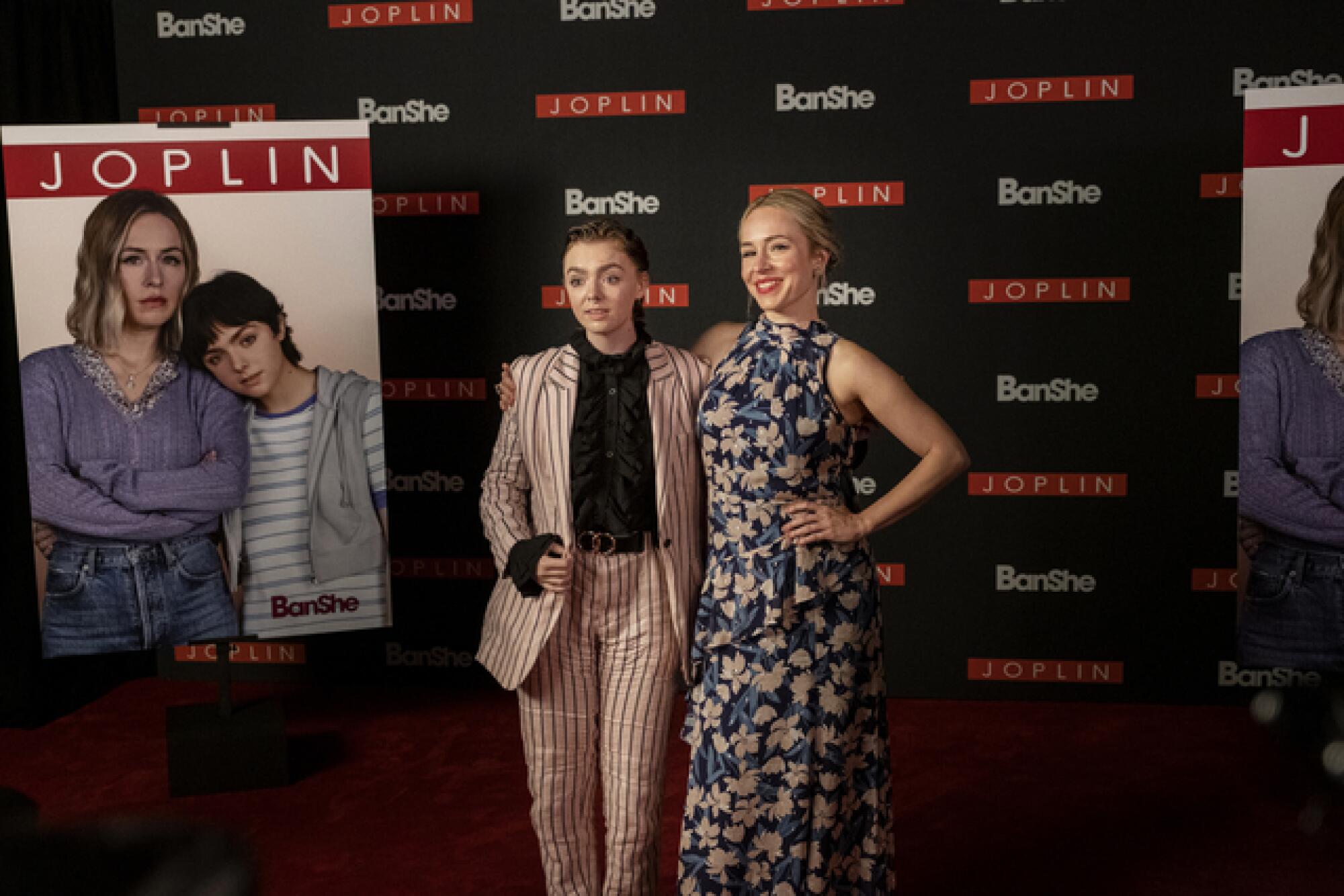

The Burst
After dominating the cultural conversation for 15 years, TV is in a perilous creative state and has become nearly as franchise-obsessed as the movies. Last year, HBO released “House of the Dragon,” a dour prequel to “Game of Thrones,” to mixed reviews. Disney+ has produced “The Mandalorian,” “WandaVision” and numerous other shows based on “Star Wars” and Marvel IP. Jeff Bezos coughed up nearly a billion dollars on a “Lord of the Rings” series that debuted last year and generated as much buzz as the latest season of “Love Is Blind.” AMC, the cable network that triggered TV’s Golden Age with “Mad Men” in 2007, now has a half-dozen “Walking Dead” shows in the works. Showtime is developing spinoffs of its finance drama “Billions” called — this is not a joke — “Millions” and “Trillions.”
Even some top-tier showrunners have grown pessimistic about the potential of streaming and the increasingly risk-averse climate in the industry. Kenya Barris walked away from a deal at Netflix worth a reported $100 million because he wanted to make “in-your-face s—,” he told the Hollywood Reporter in 2021, and as far as he was concerned, “Netflix became CBS.”
The speculative streaming bubble began to burst last year, when Netflix lost subscribers for the first time in more than a decade and laid off hundreds of workers. A wave of panic rippled through the industry, as other companies eliminated jobs and found novel ways of cutting costs that infuriated the creative community and fans alike. The expensive sci-fi series “Westworld,” which was supposed to be HBO’s next game-changing drama after “Game of Thrones,” was canceled after four seasons, then pulled from HBO Max entirely, along with dozens of other films and TV shows. Finished projects, including Showtime’s adaptation of the novel “Three Women,” were shelved before making it to air (Starz later picked up the series).
While some contraction was inevitable, and probably even necessary, at some point the streaming cutbacks started to feel nihilistic. How much money did HBO Max save by canceling “Gordita Chronicles,” a well-reviewed Latino family comedy, then pulling it from the service just a few months after it premiered so that the only way curious viewers might catch up on it was on an airplane? If “1899” and “Warrior Nun,” which both spent weeks in the Netflix top-10 list and had passionate followings, didn’t do well enough to merit renewals, then what shows possibly could?
After an explosion fueled by streaming, the rollback has hit animation hard. Creators from Netflix, (HBO) Max and more say it’s a Hollywood tradition.
The vibe has shifted even more dramatically over the last two months. The writers’ strike has brought attention to structural changes wrought by streaming, such as shorter seasons and the rise of the “mini room,” that have had a disastrous financial impact on thousands of writers. And it’s not good for the long-term creative prospects of the business, either.
“A show written in 10 weeks by 4 people on no sleep is gonna suck. They know that and don’t care. More slop for the ‘content’ trough that they think you’ll binge no matter how s—,” tweeted Cord Jefferson, an Emmy-winning writer whose Apple TV+ series about Gawker, the website where he once worked, reportedly was killed because Apple CEO Tim Cook had a negative opinion of the defunct website.
“Succession,” the most acclaimed TV drama of the last five years, ended its run on HBO with a wrenching, note-perfect finale in May. In its timeslot a week later was “The Idol,” a tawdry, critically reviled series from “Euphoria” creator Sam Levinson and pop star The Weeknd that was clearly designed to attract younger subscribers but has so far failed to generate even a sizable hate-watching audience.
This creative changing of the guard coincided with the relaunch of Warner Discovery’s streaming service, HBO Max, as Max, an overhaul pushed by corporate overlords concerned that HBO, the most prestigious brand in TV, was too off-putting to Middle America. Other shows that defined the streaming boom — including “Ted Lasso” and “The Marvelous Mrs. Maisel” — also had their finales in recent weeks, while some returning favorites, like “Stranger Things,” are on hold thanks to the strike.
It remains an open question whether streaming can live up to its creative promise and achieve economic sustainability, especially amid the current growing pains. And unfortunately for both the fans who consume TV and the professionals who make it, we can’t just skip to the last episode to find out what happens.
Senior television writer Yvonne Villarreal contributed to this report.
More to Read
The complete guide to home viewing
Get Screen Gab for everything about the TV shows and streaming movies everyone’s talking about.
You may occasionally receive promotional content from the Los Angeles Times.

